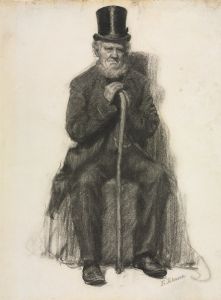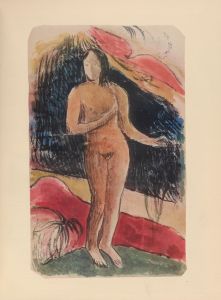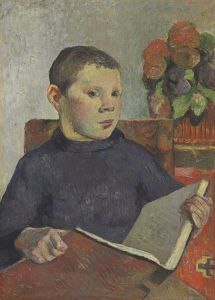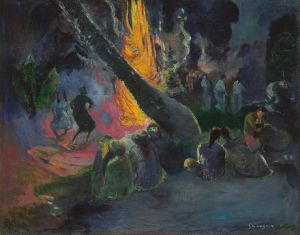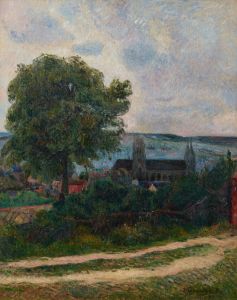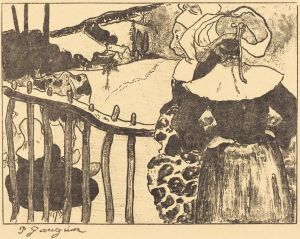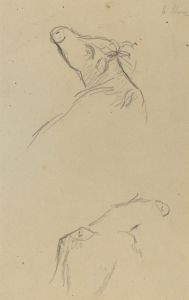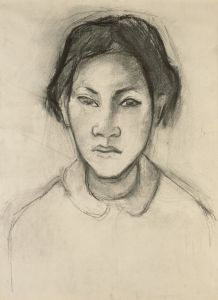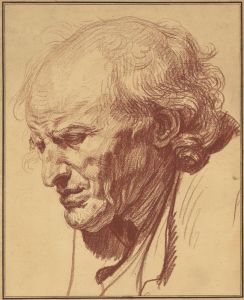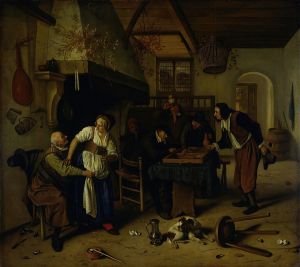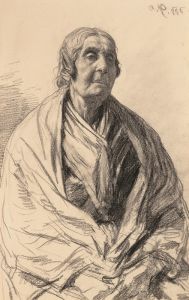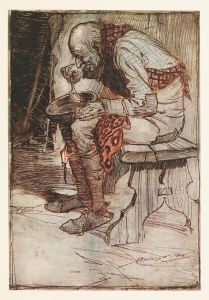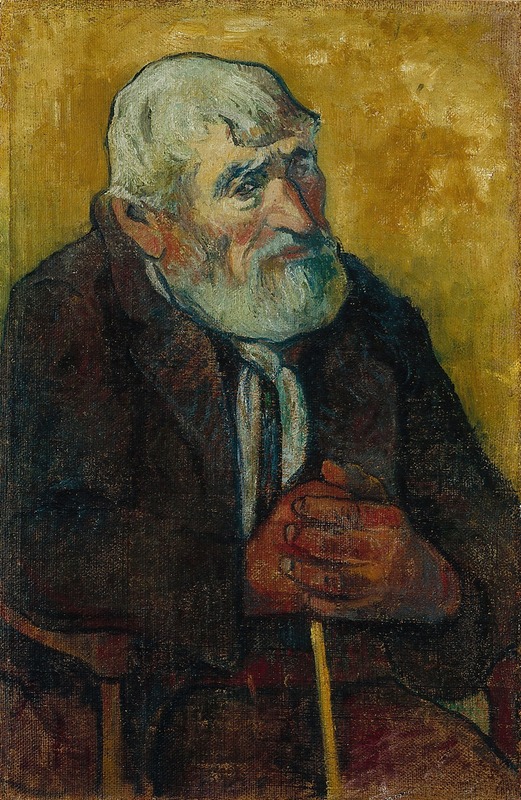
Vieil homme au bâton
A hand-painted replica of Paul Gauguin’s masterpiece Vieil homme au bâton, meticulously crafted by professional artists to capture the true essence of the original. Each piece is created with museum-quality canvas and rare mineral pigments, carefully painted by experienced artists with delicate brushstrokes and rich, layered colors to perfectly recreate the texture of the original artwork. Unlike machine-printed reproductions, this hand-painted version brings the painting to life, infused with the artist’s emotions and skill in every stroke. Whether for personal collection or home decoration, it instantly elevates the artistic atmosphere of any space.
Paul Gauguin's Vieil homme au bâton (translated as Old Man with a Cane) is a painting created in 1891 during the artist's first trip to Tahiti. This work is an example of Gauguin's post-Impressionist style, characterized by bold colors, simplified forms, and a focus on symbolism. The painting depicts an elderly man standing with a cane, set against a vibrant and somewhat abstract background. The figure's posture and expression suggest a sense of contemplation or weariness, themes that Gauguin often explored in his works.
Gauguin traveled to Tahiti in 1891 seeking inspiration and a break from European artistic conventions. He aimed to immerse himself in what he perceived as a more "primitive" and "authentic" culture, though his interpretations were often shaped by his own romanticized and colonialist perspectives. Vieil homme au bâton reflects Gauguin's interest in capturing the people and landscapes of Tahiti, though his works often blended reality with imagination.
The painting is notable for its use of color and composition. Gauguin employed a palette of earthy tones and vivid contrasts, which became a hallmark of his Tahitian period. The background features abstracted shapes and patterns, which may symbolize the natural environment or spiritual elements, though Gauguin's exact intentions remain unclear. The figure of the old man is rendered with a sense of dignity and individuality, standing as a testament to Gauguin's ability to convey human emotion and presence.
Vieil homme au bâton is housed in the Musée d'Orsay in Paris, France. The museum holds an extensive collection of 19th-century art, including several works by Gauguin. This painting is considered an important piece within Gauguin's oeuvre, as it exemplifies his transition from Impressionism to a more symbolic and experimental approach.
While Gauguin's works are celebrated for their innovation and influence on modern art, his legacy is also the subject of critical scrutiny. His depictions of Tahitian life often reflect a Western, colonial gaze, and his personal life, including his relationships with young Tahitian women, has been widely criticized. Despite these controversies, Vieil homme au bâton remains a significant work for understanding Gauguin's artistic evolution and his impact on the post-Impressionist movement.






